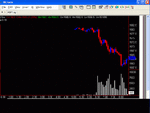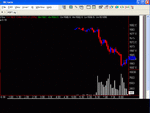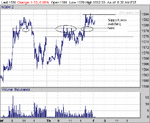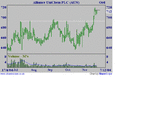About definitions.
I'm sure that sulong had hoped that this issue would have been clarified by now, but after 175 posts, it's still as murky as ever. So I'll try again to make the point.
For a trader, a definition enables him to make a choice. Defining a reversal as a change in direction, for example, or as a break of a TL or whatever, is useless. It says nothing about what the trader is supposed to do. A trader has to distinguish between retracements and reversals in a way that tells him what to do. If he hasn't done that, then he's wasted his time. And while I don't want to hurt anyone's feelings, waiting around for someone else to provide these definitions is characteristic of a loser. Why? Because that's not what a winner would do.
Similarly, it is not necessary for everyone to agree. It is not necessary even to reach a consensus. If the trader decides, for example, that trends do not exist within ranges, he is well within his rights to do so. After all, is the Traders' Local going to come over and shoot him? Similarly, he can decide that there is no such thing as a retracement within a range. He can decide that retracements occur only outside a range. He can decide that reversals occur only within ranges.
But he must decide. He must make choices. He must assume responsibility for the trade. Otherwise, he's wasting his time and his money.




